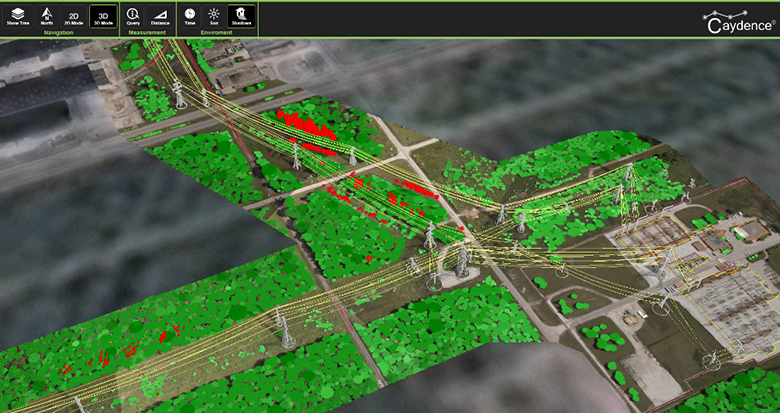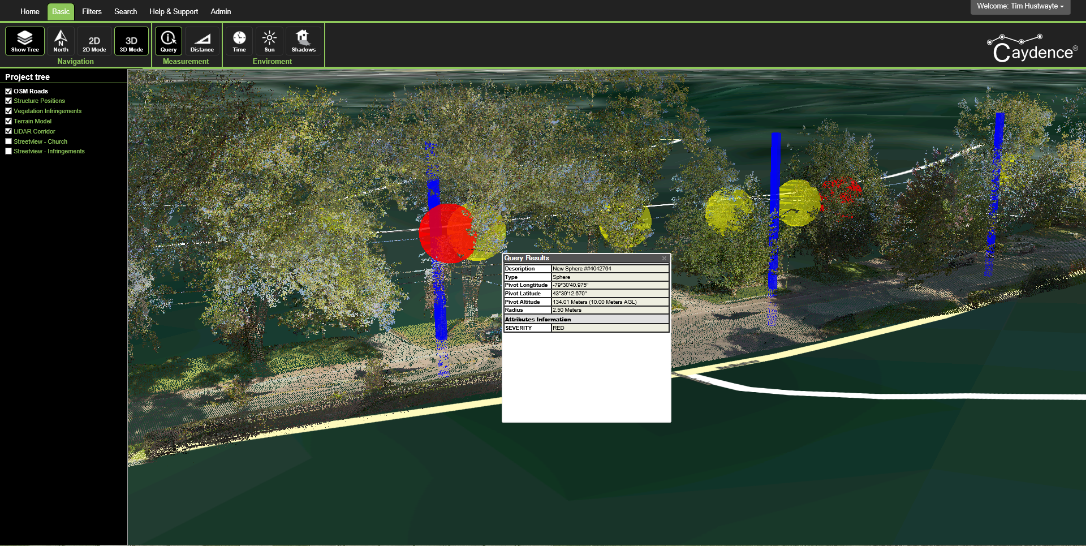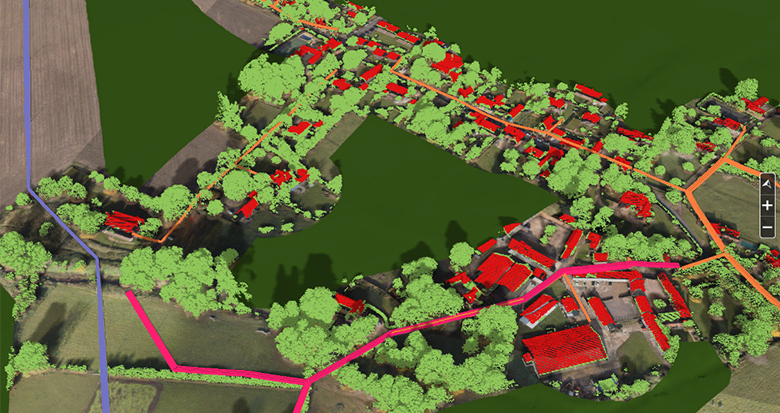Why electricity network operators are going 3D – Part 3
By Shane Brunker, Technical Director at NM Group
In this three part blog series we look at why electricity network operators are considering and indeed implementing 3D visualization platforms as part of normal operations.
In Part 1 and Part 2 we considered what value moving to 3D can deliver for power utilities as well as exploring some existing case studies.
In Part 3 we discuss some of the specific things to consider when choosing how to go about this transformation. Specifically looking at some of the more general considerations and the way we have seen successful clients implement this approach.
Know what you are trying to achieve with 3D
3D can provide a host of benefits, such as enabling far more efficient access to detailed asset information, providing the context to help make the most informed decisions on work or improving the safety aspect of maintenance planning.
The benefits are going to be different for everyone, so it isn’t a one size fits all approach. Depending on the level of field work automation, the state of the asset information or the geography of the network (urban versus rural for example), the benefits will take a different shape.
In our experience we have found the best process to bring together our technology people with a mix of end users across our client organization and explore what is possible. This includes everyone from system operations through to the forestry contract manager. By drawing on existing case studies and the specifics of the client, we can generally show what is possible – and derive some clear objectives for the 3D transition.

Some considerations to keep in mind
In no particular order, these are some of the things we consider when we’re talking about the deployment of a 3D system:
- Starting small and grow, or go big bang – this is about starting with a basic functionality and limited data and growing it over time from there (against a roadmap), or specifying it up front and doing a major release with all the bells and whistles. Both options can work, but if you are finding your feet the former option may be better - as you don’t know what you need until you start using it!
- Pure cloud, or host internally – Data security is clearly a concern and the use of external data hosting does raise flags. However, we strongly believe that the likes of Amazon, Rackspace and Microsoft have the capability and scalability to allay concerns and enable the system to deploy rapidly and grow – with no upfront investment.
- Empty system or have it populated – There is nothing like a flash new GIS with no data in it, and a 3D portal is no different. We believe that the development of the platform needs to work hand in hand with collecting, sorting and analyzing asset and environmental data to go into the system. Only with data can you test properly and build an ongoing roadmap.
- Hanging out alone, or closely integrated – The beauty of cloud applications is their ability to rapidly deploy and start providing value. A stand-alone system, designed to complement the existing enterprise suite, is the quickest way forward. However, we’ve seen value in pulling in data streams from corporate systems and pushing data back into those platforms. Often starting light, with some integration, then going deeper provides the best balance of cost/risk/timeliness.

- Functionality and users – closely linked to objectives, this is about how you will deploy the system in terms of users, departments and activities. In many cases, the 3D platform tends to start in the vegetation area given the immediate value proposition. It then goes on to serve the engineering and maintenance users, allowing access to clearances, asset information and context. More detailed asset and data linking, safety planning and two-way workflow tracking tends to come later. There is no definitive approach and the order is driven by the area which will generate the most immediate business benefit.
- Custom setup or out of the box – Generally, there is a lot can be done of a basic setup in terms of common utility needs. Key in the selection of a platform is the ability to configure and in particular, the degree in which that system is geared towards electrical networks. Ticking these two boxes usually means it can do a lot more out of the box. Custom requirements are common however, usually to serve specific work processes or integrate to a specific system. It is an important part of getting the most out of the 3D system, but needs planning and detailed engagement in order to properly scope, test and deploy.
- Where is the data coming from – In most cases, there exists a trove of valuable in-house data that doesn’t see the light of day. That’s a great place to start! We typically deploy newly captured data into a system as well, often as the first point of call as we know it will immediately slot in without correction or transformation. Generally, you want to make use of a system that takes in a range of common formats and isn’t restrictive or proprietary in the way it makes that available.

Summary
Start with your objectives, engage the user base and think long and hard about how you will approach your 3D system – that’s what we believe makes for a successful deployment. There is no right answer and there is a lot to consider beyond this overview, but with the advent of low-cost cloud solutions and web-apps, 3D data access is within the range of most electrical network operators and can be up and running with data within months. Good luck!
